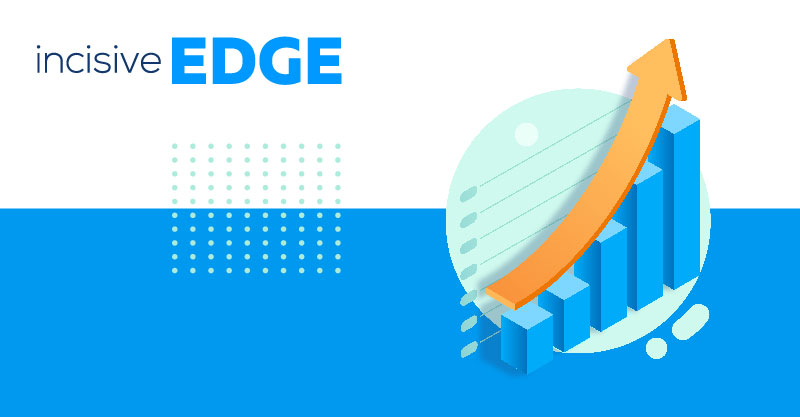40% - 60% of users who sign up for your product’s trial will use it only once and never come back. who sign up for your product’s trial will use it only once and never come back. And it is your onboarding process that is likely at fault. If so it's time to rethink your SaaS customer onboarding process.
On the other hand, the challenge of successfully onboarding SaaS users is not to be underestimated, and it highlights the critical role of customer success. For new users to continue using the product, they must swiftly grasp its features and value. The window of opportunity is narrow, considering that approximately 40% - 60% of trial users never return after the initial login. Thus, prioritizing effective saas user onboarding and customer success strategies becomes imperative in both enticing users to sign up for trials and ensuring their long-term engagement with the product.
Are you struggling to convince first-time users to come back and use your product again? Simply signing them up for a trial is not enough to retain customers effectively. You need an efficient and engaging SaaS onboarding process, a seamless user onboarding flow, and a comprehensive Saas onboarding checklist. These elements are the key to achieving your goal of higher user retention and ensuring long-term success for your product. In this blog we will discuss everything you need to know!
Let’s be honest, getting started with a new SaaS product is not a small feat.
To want to continue using it, your new user needs to quickly “get your product,” learn all its various features and understand the value it provides.
And what’s more, all this must happen fast.
As you already know, about half of your trial users will give you just one session, no more.
And so, getting people to sign up for your trial is crucial. But getting them to keep using it beyond the first login is even more important.
But how do you convince first time users to come back and use your product again?
The answer is simple - by properly onboarding them.
And in this post, we’ll walk you through the typical SaaS customer onboarding process.
Plus, we’ll show you a couple of ways to help your trial users get the most out of your product.
Interested? Let’s dive right in.
Why is SaaS Customer Onboarding So Important?
Look, it’s true. We really didn’t make it up:
About half of your trial users will not give your product a second chance to prove its value.

(image source - Intercom)
When users log in, they might briefly explore the app, but unless they quickly grasp its benefits, they are likely to leave and never return. No amount of pleading, emotional appeal, or bribery can effectively bring them back. The key lies in helping users recognize the true value of your app from the very start. This underscores the critical objective you must achieve with every new sign-up: ensuring they continue using the product beyond that initial login.
To accomplish this, a well-structured SaaS onboarding process is crucial. Customer success managers play a vital role in guiding users through this onboarding journey, addressing their concerns, and showcasing the app's value. By understanding user behavior during onboarding, these managers can tailor their approach and interactions to improve user retention and foster long-term engagement with the product. Act now and optimize your onboarding strategy with the help of customer success managers, and you'll be able to keep more customers engaged and invested in your app for the long haul!
Reflecting on this scenario, it becomes evident that engaging users beyond their first login is a significant challenge that demands attention. The thought of losing potential customers can be intimidating, yet it emphasizes the primary aim of customer onboarding. Your focus should be on guiding users to comprehend the benefits of your product quickly and effortlessly, leading to a seamless experience that entices them to remain active users. The goal is to captivate users from the moment they sign up and cultivate their interest in a way that nurtures a lasting relationship with your app.
As Samuel Hulick from useronboard.com points:
“User Onboarding is the process of increasing the likelihood that new users become successful when adopting your product.”
But specifically, what does user onboarding help to achieve?
Well, for one, it helps to overcome the most common reasons why trial users abandon your product:
- Failing to understand how to use your app
- Having wrong ideas about what your product could help them with
- Lack of help when getting started with the product
- Failing to understand its value
On top of that, user onboarding helps to:
- Explain how your product works, and introduces the most key features
- Gets a user past the activation point (more on this in a second)
- Helps them to start seeing data/results quickly, instead of staring at the blank interface
With the definition out of the way, let’s look at the journey your typical user takes from signup to becoming a paying customer (which is the goal of your onboarding process).
And, how you can accompany while they’re getting started with your product.
Check out the following blogs to learn more about onboarding: ·
- Why User Onboarding is the Most Important Part of the Customer
- How to Streamline User Onboarding
- 8 Mission-Critical User Onboarding Lessons from 8 Top Product People
- 6 User Onboarding Flow Examples (With Critiques)
- Delighting and Retaining SaaS Customers
How Users Get Started with a SaaS Product (and How You Can Onboard Them to Do It)
Step #1. Signup
The journey begins when a person signs up for your trial, and in doing so, indicate their interest in your product.
The trick is, though, that although they’ve decided to test your app, they most likely don’t fully understand your product yet.
That’s why you send them a welcome email to explain the core value of your SaaS product and point them towards resources to help them get started.
Recently, we installed Drift’s live chat on our website, and here’s the email we received right after signing up.
Note the two elements: a) question that helps the company learn more about us and discover our expectations for their product, and b), a link to their getting started guide.
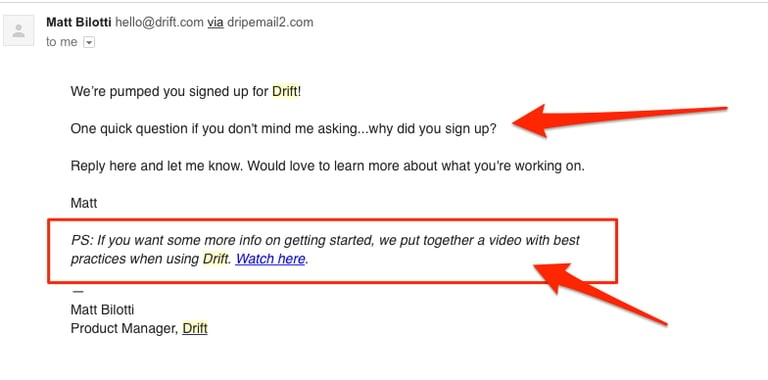
Step #2. First Login
At the next step, the user will log in to the product, which is both exciting and a bit frightening. They might be greeted by an empty interface since everything needed to fully utilize the product hasn't been set up yet, leaving them to explore and discover its features independently.
First of all, they might be welcomed by an empty interface.
Everything they need to make the most of the product hasn’t been setup yet.
And as a result, they need to discover the product for themselves.
But to do so, many of your trial users will follow a process known as satisficing – they’ll just skim the interface, and pick the most reasonable option to start using the product.
Unfortunately, that might not be the functionality they should begin with.
And your job, therefore, is to help them identify that most critical functionality, and guide them through activating the product.
These actions typically include configuring the account, installing any necessary codes or other elements, and linking to any 3rd party services that are needed for the product to deliver the value.
Here are a couple of tools to help you activate users during the first session:
In-App Notification
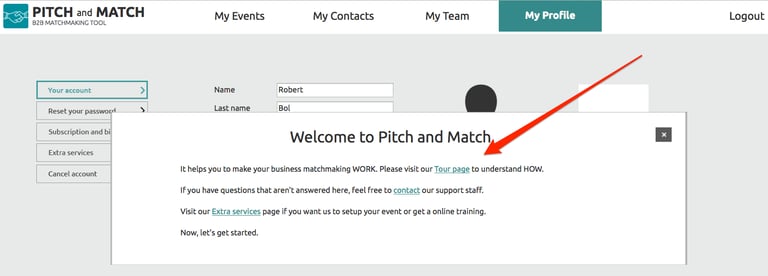
Installation Guide (for which you can also use an onscreen message or a popup)
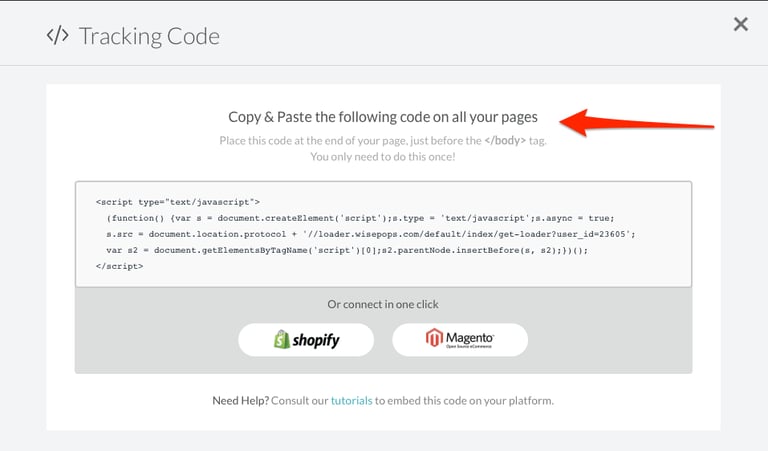
Product Tutorial
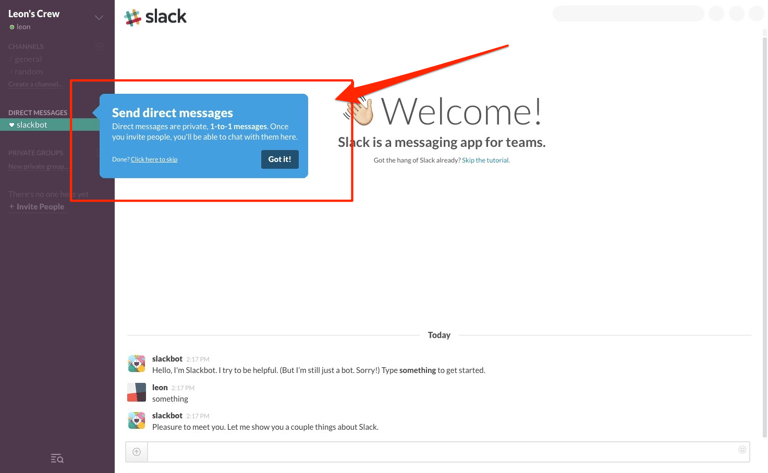
Welcome Mat with Links to Help and Other Important Information a User Might Need
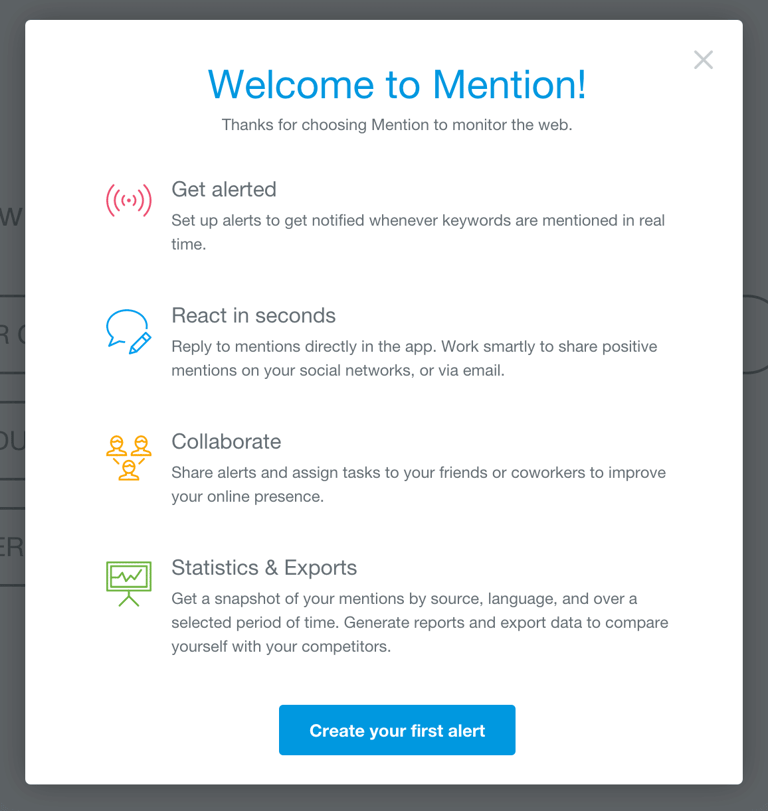
Onscreen Instructions for Every Major Feature Included in the Interface
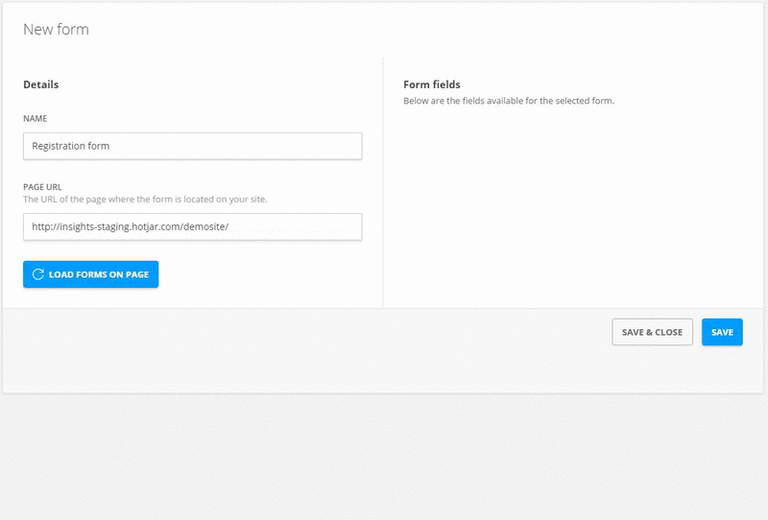
(Hotjar includes animated gifs showing how to use each feature of the product)
Step #3. Performing First Actions and Reaching (or Missing) the Activation Point
Understanding satisficing is a crucial concept in the context of the customer journey, as users, especially loyal customers, often prioritize "good enough" solutions to meet their immediate needs when onboarding with SaaS products. For instance, examining saas onboarding examples can shed light on how users navigate through the process and make decisions based on perceived essential functionality.
As Shahram Heshmat, Ph. D. points:
“A key assumption in economics is the notion that individuals are mostly rational and armed with complete information about their choices. […]
Behavioral economists, however, have shown the limits of this maximizing behavior. […]
More than half a century ago, Herbert Simon (1957) argued that the goal of utility maximization, as formulated by rational choice theory, is nearly impossible to achieve in real life.
He proposed that decision makers should be viewed as bounded rational and offered a model in which utility maximization was replaced by satisficing. Satisficing are individuals who are pleased to settle for a good enough option, not necessarily the very best outcome in all respects.”
To convert this theory into SaaS – users won’t spend any time investigating your product.
Instead, they’ll pick the first option that catches their attention and just go with it.
And if by chance, they hit gold and go past the activation point, they’ll continue using the product.
Otherwise, they’ll just abandon it.
And do you know why that’s so scary?
Because it suggests that your customer success has a lot to do with chance.
And so, if you don’t want to leave your user growth to chance, you need to help users get past that activation point.
Sean Work defines the activation point as:
“The first point where you deliver the value that you promised.”
In other words, it’s the point where they experience first-hand that your product could really deliver what they’ve been seeking.
It doesn’t mean that they need to get actual RESULTS.
But it means that they’ll understand what your app can provide them with.
Let me illustrate this with a couple of examples:
Dropbox understands that for a user to see the value of their product, they need to install their desktop app first. And so, when you sign up for the service, the company prompts you to do just that.

Twitter knows that for someone to see the value of the social network, they need to follow at least ten people. And again, they’ve made this a part of the setup process.
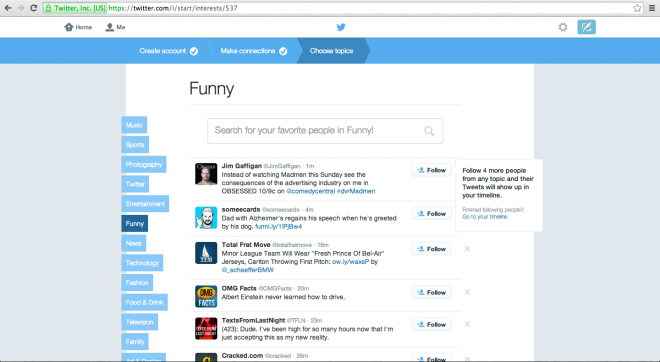
Depending on the nature of your product, you have a couple of ways to help users past the activation point:
Pre-fill the interface with dummy data. This way you can quickly demonstrate to your users the initial value of the product (plus help point them towards the first steps to set it up).
HubSpot CRM, for example, includes dummy data on a dashboard to show new users what a lead profile looks like.
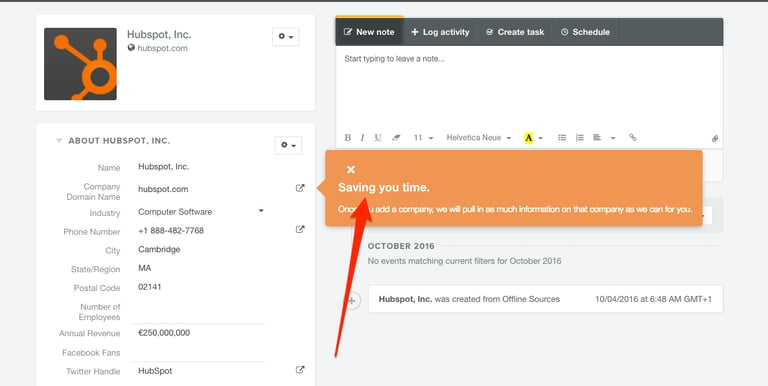
(HubSpot CRM’s default data. Note the tool tip helping a user to learn more about the app’s functionality)
Include tool tips or a product tutorial a user could complete before they start using the product. This way you can ensure they understand, and most likely pass the activation point.

Two things to remember when using a tutorial:
- You should make it skippable. Some users might already have experience using your product and might find having to complete the tutorial irritating.
- Make it possible for a user to go back to the tutorial. Users who’ve skipped the tutorial might find they actually need to go through it. And so, make it possible for them to go back and re-activate it.
Read How the Top Companies Chase and Close SaaS Sales Leads
Is that it?
No, of course not. User onboarding is a complex and lengthy process. The above, however, is a great starting point to understanding the customer onboarding journey.
And once you’ve familiarized yourself with the basics, here are a couple of articles you could read next:
- Why User Onboarding is the Most Important Part of the Customer Journey by 2.6x
- How to Streamline User Onboarding
- 8 Mission-Critical User Onboarding Lessons from 8 Top Product People
- 6 User Onboarding Flow Examples (With Critiques)
- Delighting and Retaining SaaS Customers









